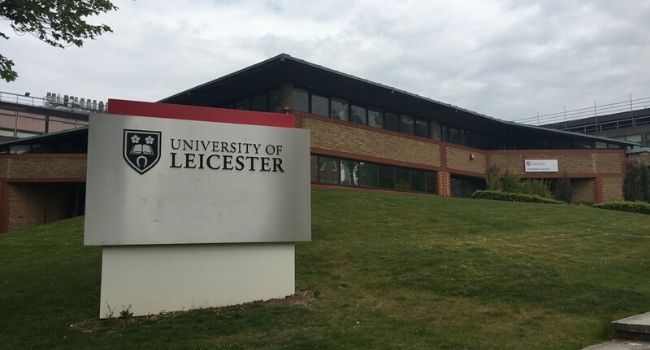
British Universities Respond to New Security Risks from COVID-19
Security and safety teams are adapting rapidly to new risks.
- By Ralph C. Jensen
- April 27, 2020
University security teams across the United Kingdom are adapting rapidly to changed priorities as increasingly more efforts are directed at tackling COVID-19.
In addition to dealing with the challenges of keeping campuses partially open during the lockdown and maintaining safe facilities for both work and on-campus residents, many universities are also working with national and regional programs to confront the pandemic.
The U.K. government has been pushing for a huge expansion of COVID-19 testing and is enlisting university science departments and laboratories to work alongside private companies to build a large-scale British diagnostics industry as quickly as possible.
“We will do everything we can to tackle this virus and are pooling all the resources from our world-leading life sciences industry, top universities and clinical leaders to overcome this together,” said health minster Lord Bethell.
At Swansea University, for example, resources are being mobilized at impressive speed. Researchers will be contributing to the drive to develop the U.K.’s diagnostic testing capacity, helping to create a new industry virtually from scratch.
Russ Huxtable, the university’s head of resilience and business continuity, confirms that the university is also involved in PPE manufacturing, hand sanitizer production, and helping with urgent care and logistics services for the wider community. “We’ve known this was coming since the start of the year because we have close links with Wuhan University,” he said. “So, we prepared. We made sure we were well stocked with PPE, which means we’ve been able to donate supplies to our neighboring NHS hospital.”
Swansea University staff have been redeployed to provide catering and maintenance services at a new 1500 bed field hospital, and vacant student living spaces are being made available to health service, social service and other key workers.
CriticalArc’s SafeZone is proving to be a vital tool for the security control room as staff manages all this new work, allowing controllers to deploy resources more efficiently and closely monitor the safety of all students and staff – including those who are still overseas.
At Leicester University, meanwhile, major efforts are underway to support the NHS, while staff and postdoctoral students from the College of Life Sciences are helping with vital COVID-19 diagnostic research. Head of security Laurence Perkins says his team is changing the way they work to address the new challenges.
“A significant number of campuses are now partially occupied or not fully shut down, and this has increased some risks. This is very different to our normal end of term closure periods. We’ve had to move quickly to put in place measures to keep people safe during this isolation period, and also to protect our facilities.”
In addition to increasing the frequency of site patrols and CCTV tours, the university has reconfigured the campus-wide access control system to limit movements on site to a ‘critical list’ of students and staff, all of whom are checked and approved by the chief operating officer and registered by the security department.
Like many other campuses, Leicester has also now mandated the use of CriticalArc’s SafeZone technology, which allows the control room team to continuously monitor the welfare of everyone on site, including lone workers and students still using campus accommodation, including those self-isolating.
“We are not new to SafeZone, but we are absolutely seeing the benefit of it now. It means we can see where everyone is on site, and anyone who needs help can get in touch with us instantly.”
Many of the security teams involved in protecting universities are showing “impressive adaptability,” said Darren Chalmers-Stevens, managing director of CriticalArc.
“It’s commendable how quickly security professionals are moving. They’re not just following long-standing contingency plans but developing new best practice in response to what’s happening, and sharing strategies through professional networks such as AUCSO (Association of University Chief Security Officers).”
He confirmed that the use of SafeZone had grown significantly over the last three months, with the service now deployed by 30 percent of U.K. universities to allow security departments to keep in direct touch with students and staff, to pinpoint their locations when they are ‘checked-in,’ to push out emergency notifications and respond quickly to calls for assistance.
About the Author
Ralph C. Jensen is the Publisher/Editor in chief of Campus Security Today.